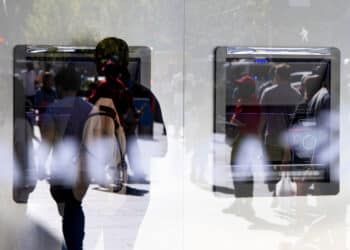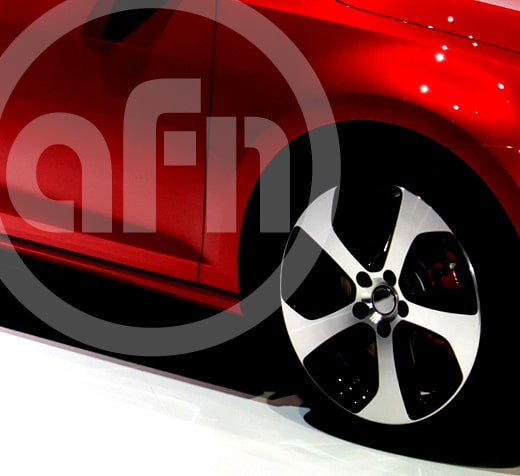Stressing the Stress Tests
Though losses in auto loan- and lease-backed securitizations have reached — or, in some cases, exceeded — their long-term averages, so far the rating agencies and investment banks are fairly comfortable with ABS performance.
Analysts at Standard & Poor’s and Citigroup, which both held conference calls on consumer ABS in the past few days, pointed to a number of reasons for the higher losses in the 2007 and 2008 pools. The obvious ones are the sagging economy and high gas prices, which are causing consumers to default more readily than they have in the past. Another consideration is that higher percentages of more recent securitizations are based on used vehicles as collateral. Also, the deals include loans made with higher loan-to-value ratios to borrowers with lower Fico scores.
Still, for the most part, securitization issuers have yet to hit any triggers that would force them to funnel more cash into reserves. Chrysler Financial seems closest; S&P has put two of its securitizations on Rating Watch Negative, with a downgrade decision expected by the end of October. Chrysler’s securitizations are bogged down by the concentration of longer-term loans. Its loan maturities are six-to-10 months longer, on average, than those of other lenders, according to Citigroup.
So while lenders tighten underwriting standards to avoid collapse, investment bankers and rating agency executives are refining their stress-test methodology for worst-case scenarios. S&P, for one, has now built into its assumptions an expectation that 100% of SUVs and light-duty trucks will be returned at lease-end.
The recession may be mild, but it will be relatively long, predicted David Wyss, S&P’s chief economist. So far, the securitizations are stable. It remains to be seen how the continued market depression plays out, and whether the historically strong auto ABS sector begins to unravel like its mortgage sister.















